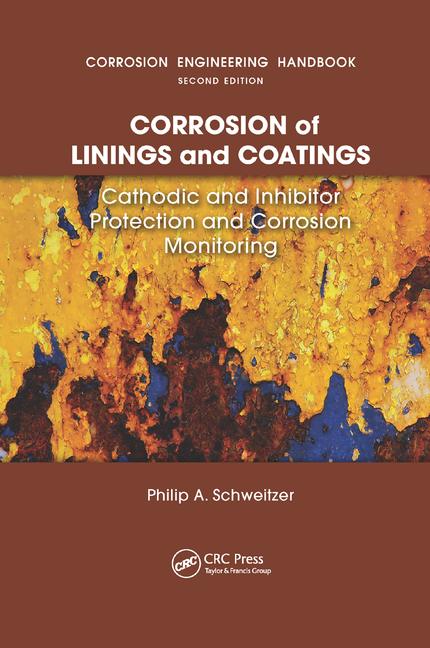ASC Questions Environment Canada’s Proposed Use of California Rule for VOC Reduction

The Adhesive and Sealant Council Inc. (ASC) recently announced it has submitted comments to Environment Canada (EC), raising questions about a proposed approach that would set volatile organic compound (VOC) limits for a range of consumer products based on the California Air Resources Board’s (CARB) stringent rules. In January, EC published a Consultation Document that is expected to lead to a proposed rule in 2014 establishing VOC limits for consumer products, including several adhesive and sealant categories, throughout Canada. A rule is expected to be finalized in 2016.
“The EC states in its Consultation Document that they are looking to align their VOC regulation with the United States,” said Mark Collatz, director of Regulatory Affairs. “Yet they are basing their present assumptions on the regulations of single state rather than looking at how the other 49 states are addressing VOC limits for these types of products.”
The ASC cited an example of sealants where the present California regulations mandate a limit of 3% for chemically cured products and 1.5% for those non-chemically cured, while regulations throughout the rest of the U.S. are 4% for all sealant categories.
As an alternative, the ASC suggested that EC consider adopting the Ozone Transport Commissions (OTC) Model Rule limits, which were recently amended and will become effective in January 2014. The OTC is an organization representing 11 northeast and mid-Atlantic states that have a responsibility for developing regional solutions to ground level ozone in their individual jurisdictions.
“Using a regulatory approach adopted by multiple states, several of which border Canada, seems to be a better way to address the challenge of regulatory alignment between our two countries,” Collatz said.
For additional information, visit www.ascouncil.org.
Looking for a reprint of this article?
From high-res PDFs to custom plaques, order your copy today!




.jpg?height=200&t=1704834340&width=200)



